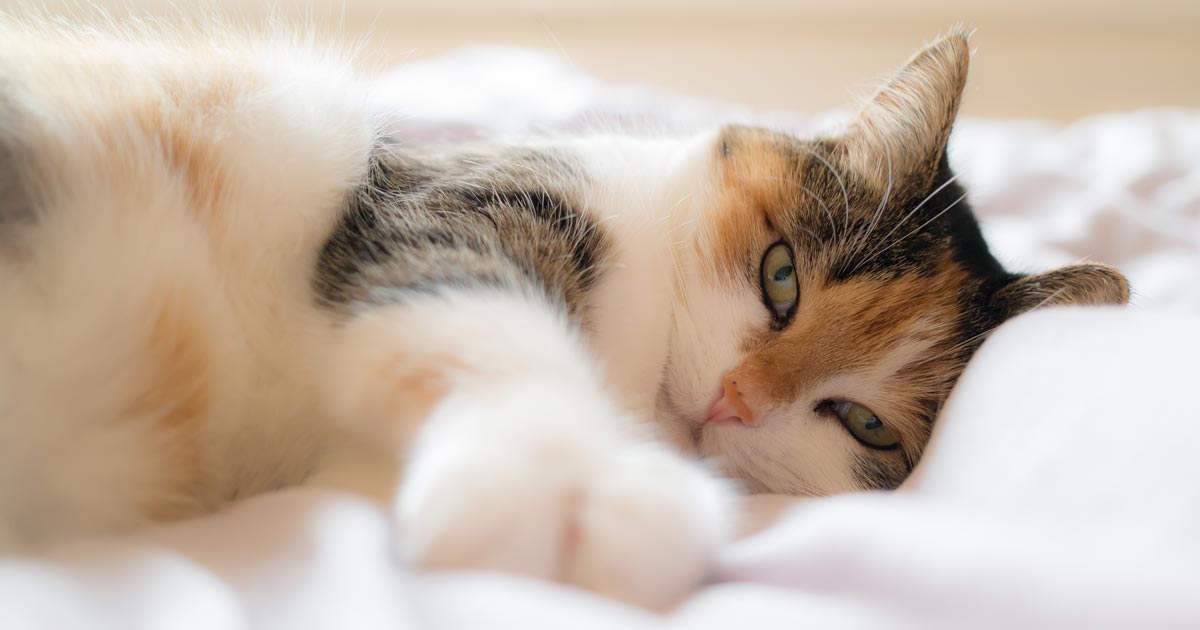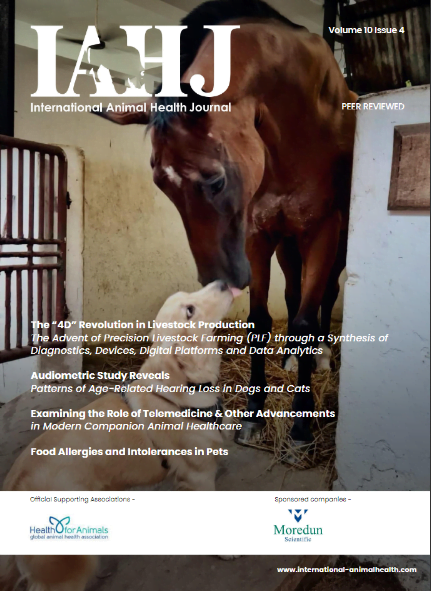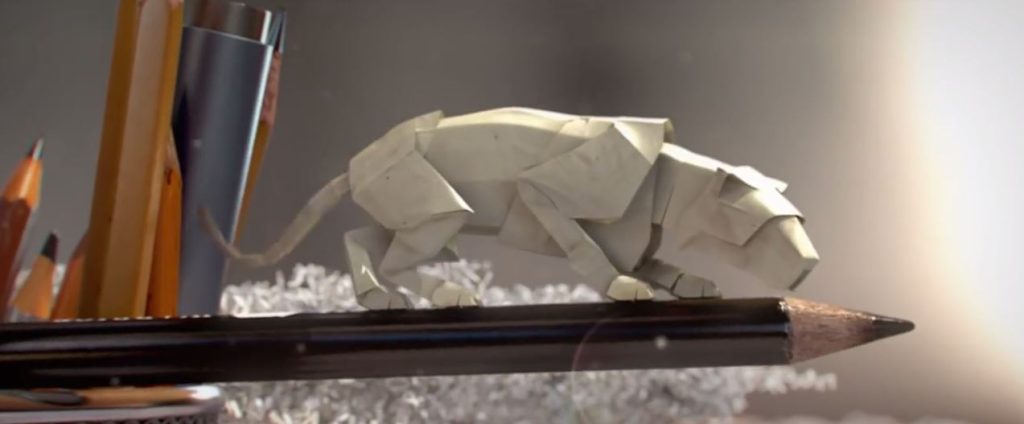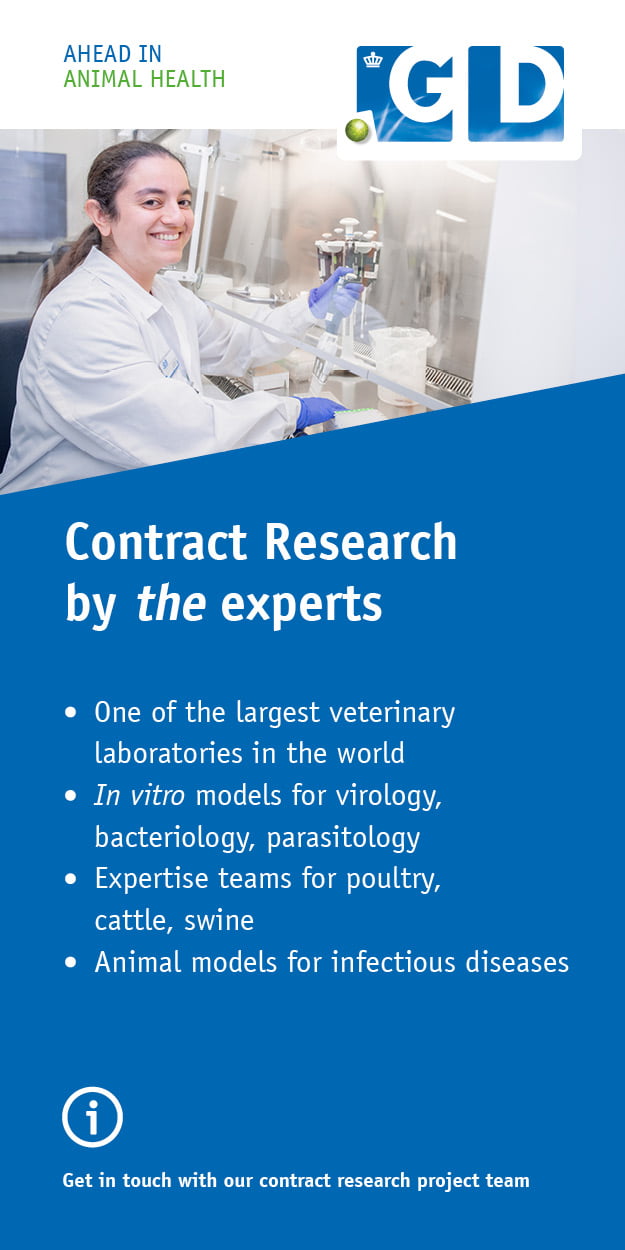
A UK vet is conducting a “world first” research project to create feline heart muscles in the lab to study a deadly cardiac disease that affects more than one million cats in this country.
Hypertrophic cardiomyopathy (HCM) affects one in seven of the UK cat population. The disease causes hypertrophy – decreasing the efficiency of heart function, and predisposing the patient to congestive heart failure and blood clot formation.
Although about 15% of UK cats suffer some degree of HCM, the cause of the disease is still little understood and no treatments have been proven to stop or reverse it.
In a unique project in domestic cats, Luke Dutton is creating a novel laboratory stem cell model of cat heart disease, which avoids the use of experimental animals, to study the disease and ultimately test the suitability of new drugs.
Dr Dutton, a PhD student – working in association with the AHT, RVC and Imperial College London – is building on previous stem cell work the AHT has conducted on dogs and horses.
One issue with studying heart diseases at a cellular level is that heart muscle cells do not survive more than a few days in a laboratory environment. In humans, this has been overcome by turning ordinary skin cells into pluripotent stem cells (cells able to turn into any tissue in the body). These are termed induced pluripotent stem cells (iPSCs).
It is possible to then generate heart muscle cells from these iPSCs that last much longer in culture and are infinite in population.
This is the basis of the project, where skin cells from cats affected – and cats unaffected – by genetic mutations causing HCM will be turned into iPSCs, which then lead as a route to making heart muscle cells. These will be examined for response to drugs as a model of the disease.
Similar work has been carried out on humans and species including horses, cows, monkeys, and exotic and endangered felines such as snow leopards and tigers. However, this is understood to be the first time the research has been carried out on domestic cats.
Feline stem cell study targets treatment for cardiac disease
Animal Health Media © 2024, All Rights Reserved – Powered by Teksyte












